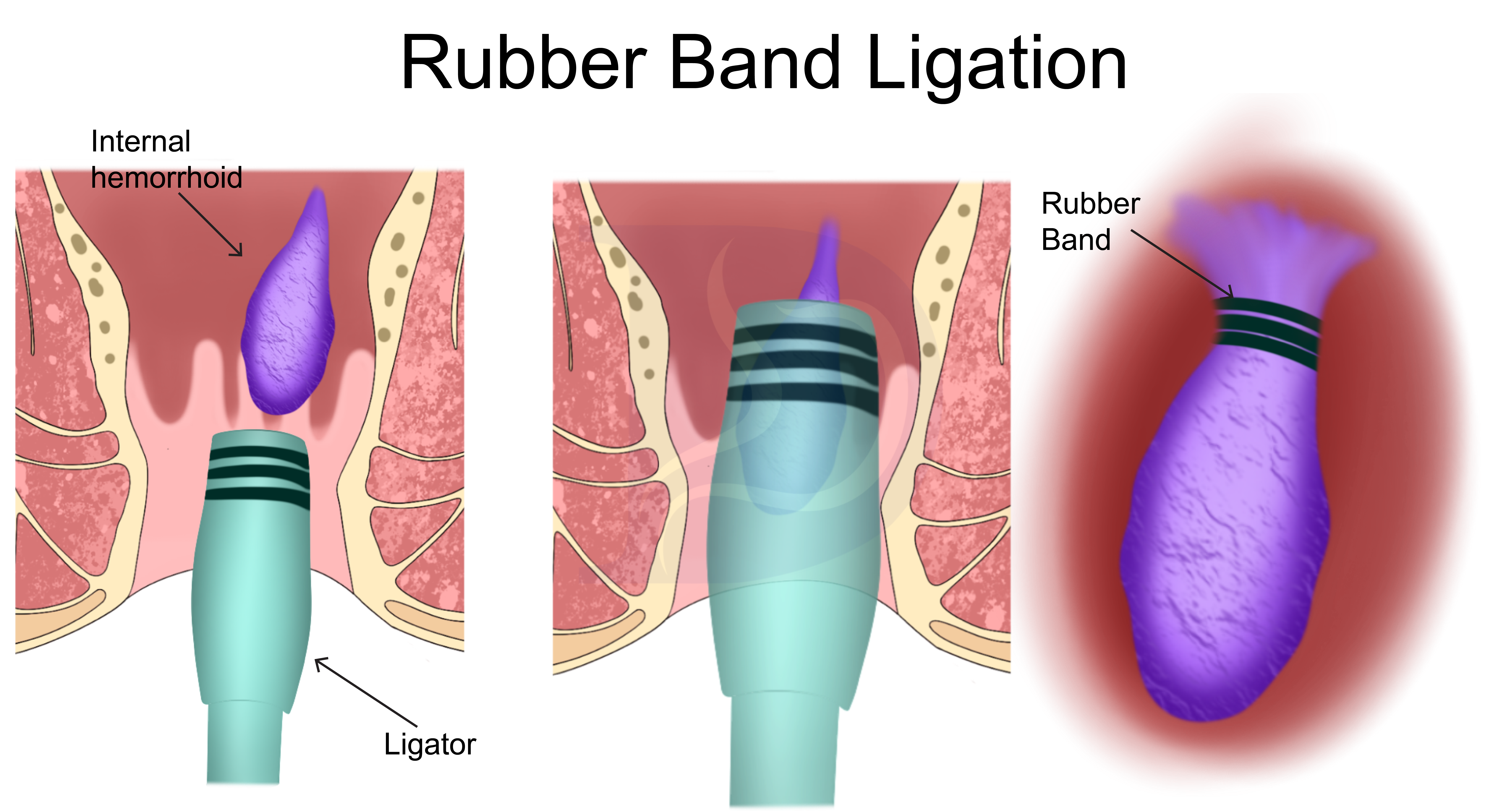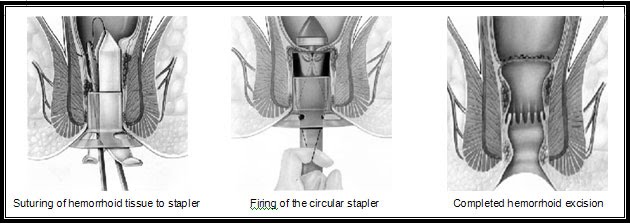If you’ve been dealing with the discomfort of hemorrhoids, you know how frustrating and painful they can be. While some hemorrhoids go away with lifestyle changes, others are persistent, returning again and again despite your best efforts. If that sounds familiar, you may be wondering what your treatment options are.
For people with chronic or severe hemorrhoids, two of the most common treatments are Hemorrhoid banding (also known as rubber band ligation) and Hemorrhoidectomy (surgical removal of hemorrhoids). But how do you know which is right for you? Let’s break it down so you can make the most informed decision with your doctor.
Understanding Hemorrhoid Banding
Hemorrhoid banding is a minimally invasive procedure used to treat internal hemorrhoids that cause symptoms like bleeding, itching, and discomfort. It works by placing a small rubber band around the base of the hemorrhoid, cutting off its blood supply. Within a few days, the hemorrhoid shrinks and eventually falls off, usually without you even noticing.

Who is a good candidate for hemorrhoid banding?
- People with small to moderate-sized internal hemorrhoids (Grades I to III)
- Those experiencing chronic bleeding or discomfort from internal hemorrhoids
- Patients looking for a quick, outpatient procedure with minimal downtime
What to expect with hemorrhoid banding:
- Procedure time: Just a few minutes in a doctor’s office
- Anesthesia: Not required (mild discomfort, but usually tolerable)
- Recovery: You can return to normal activities the same day
- Effectiveness: Success rates are high, especially when combined with lifestyle changes like increased fiber intake
- Possible side effects: Mild discomfort, pressure, or a sensation of fullness in the rectum for a few days
While banding is highly effective for mild-to-moderate hemorrhoids, it may not be the best solution for large, prolapsed, or external hemorrhoids. That’s where a Hemorrhoidectomy comes in.
Understanding Hemorrhoidectomy
A Hemorrhoidectomy is a surgical procedure used to remove severe or persistent hemorrhoids. This is typically recommended for large internal hemorrhoids (Grade III or IV) or external hemorrhoids that do not respond to less invasive treatments.

Who is a good candidate for a Hemorrhoidectomy?
- People with severe hemorrhoids that protrude and do not retract on their own
- Those who have failed other treatments, including banding and lifestyle changes
- Patients suffering from Thrombosed Hemorrhoids (painful blood clots in external hemorrhoids)
What to expect with a Hemorrhoidectomy:
- Procedure time: 30 to 60 minutes, typically performed in a hospital or surgical center
- Anesthesia: Required (either general or regional anesthesia)
- Recovery: 2 to 6 weeks, depending on individual healing
- Effectiveness: Considered the most effective long-term solution for severe hemorrhoids
- Possible side effects: Pain during recovery, swelling, temporary difficulty with bowel movements
Although a Hemorrhoidectomy involves a longer recovery period, it provides a permanent solution for those with severe hemorrhoids that significantly impact daily life.
Which Treatment Should You Choose?
The best treatment for your hemorrhoids depends on severity, symptoms, and personal health factors. If your hemorrhoids are mild to moderate, rubber band ligation may provide quick relief with minimal downtime. However, if you have large, prolapsed, or Thrombosed Hemorrhoids, a Hemorrhoidectomy might be the best long-term solution.
Other Considerations include:
- Pain tolerance: Hemorrhoidectomy has a longer and more uncomfortable recovery.
- Long-term effectiveness: Hemorrhoidectomy removes hemorrhoids permanently, while banding may require multiple treatments over time.
- Medical history: If you have certain medical conditions, your doctor may recommend one procedure over the other.
You don’t have to suffer through chronic hemorrhoid pain or discomfort. If lifestyle changes and over-the-counter treatments aren’t working, it’s probably time to explore medical options. Talking to an experienced hemorrhoid specialist can help you determine the best course of action for long-term relief.
If you’re unsure about your next step, we’re here to help. Contact our team at ColoWell America today to discuss your symptoms and treatment options, we’re dedicated to helping you feel like yourself again!
-Disclaimer-
The information provided on this website is for educational and informational purposes only and is not intended as medical advice. Always consult with a qualified healthcare provider regarding any medical concerns, conditions, or treatment options. Individual results may vary. The information provided or services described are not intended to diagnose, treat, cure, or prevent any disease. Any medical or aesthetic procedure should be discussed thoroughly with a licensed professional before beginning treatment.


